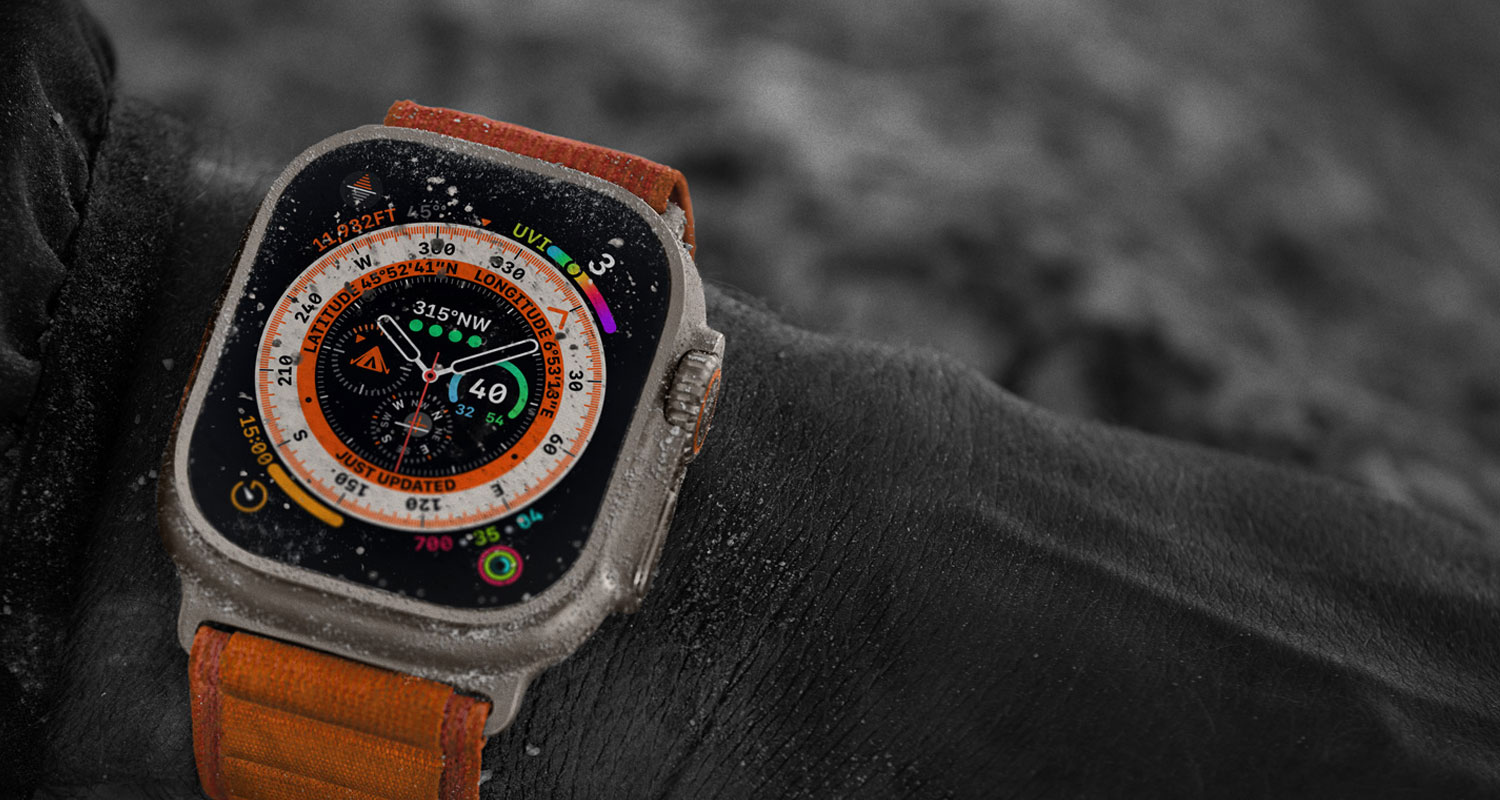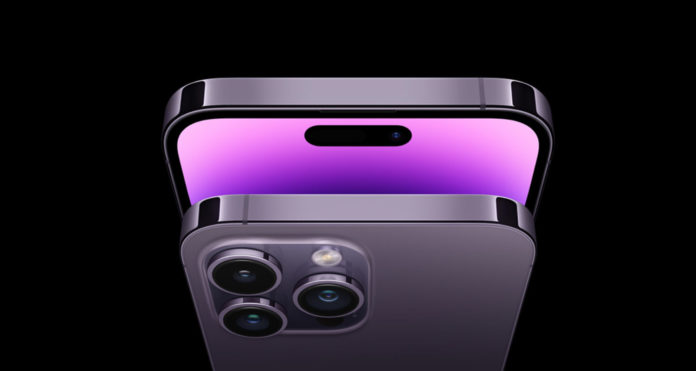
Apple has launched its flagship iPhone 14 models capable of using satellites to send emergency messages and an adventure-focused Ultra Watch for sports like diving and triathlons.
The outdoor-focused products will test whether Apple’s relatively affluent customer base will keep spending in the face of rising inflation.
Prices of the high-end iPhone 14s are the same as last year’s iPhone 13 models. But Apple dropped its cheapest option, the iPhone mini, meaning the cheapest model now costs $100 more than last year.
The iPhone 14 will start at US$799 and the iPhone Plus at $899 and be available for pre-order in the US starting 9 September. The iPhone Pro will cost $999 and the iPhone Pro Max $1,099 and be available on 16 September in the US.
“It’s interesting that they decided to essentially maintain pricing despite inflationary pressure,” said DA Davidson analyst Tom Forte. “The decision or the strategy is Apple believes that it can sustain margins by discontinuing a lower-priced device in the line-up.”
Apple said its satellite SOS will work with emergency responders. It also said that in some situations, users will be able to use its FindMy app to share their location via satellite when they have no other connectivity.
Shares in Globalstar jumped 20% on Wednesday after the satellite services firm announced it will be the satellite operator for Apple’s emergency SOS service. Apple will pay for 95% of the approved capital expenditure for the new satellites that would be needed to support the service, but Globalstar said it will still need to raise additional debt to construct and deploy the satellites. The stock had gained almost 70% from mid-June to Tuesday’s close, following speculation of working with Apple.
New smartwatches
Other companies are working on similar functions. SpaceX founder Elon Musk said last month it is working with T-Mobile to use its Starlink satellites to connect phones directly to the Internet.
Apple’s iPhone 14 Plus model will have a larger screen like Apple’s iPhone Pro models but an A15 processor chip like the previous iPhone 13.
The Cupertino, California-based company also showed a trio of new Apple Watches, including a new Watch Ultra model aimed at extreme sports and diving and designed to challenge sportswatch specialists such as Garmin and Polar. “Apple is competing for a consumer segment that already has high loyalty towards their existing products and vendors, and it will need to prove itself over time,” said Runar Bjorhovde, an analyst at Canalys.
The Ultra has a bigger battery to last through events like triathlons and better waterproofing and temperature resistance to operate in outdoor environments, as well as better GPS tracking for sports. The new Watches include an upgraded budget model called the SE and a Series 8 Watch with crash detection and low-power mode for 36 hours of battery life.
The Series 8 with cellular will start at $499 and the SE will start at $299 with cellular. The Ultra, which includes cellular in its base model, will start at $799 and be available on 23 September in the US.

Apple said the new Series 8 watch has a temperature sensor that will work in conjunction with its previously released cycle-tracking app to retroactively detect ovulation. The company emphasised the privacy approach of its cycle tracking. Privacy and reproductive health data has become a focus for tech companies in the wake of a US supreme court decision that ended a constitutional right to abortion. Apple said it does not have the key to decrypt health data such as cycle tracking.
Apple also touted that its second-generation AirPods Pro will double the amount of noise cancellation over the original version.
But while accessories like the Apple Watch have driven incremental sales from Apple’s existing user base, the iPhone remains the bedrock of its business with 52.4% of sales in its most recent fiscal year. Apple’s stock was up 0.8% after the presentation, lagging the S&P 500’s gain of 1.8% for the session.
Apple did not give any hints or a preview of its mixed-reality headset on Wednesday. The device is expected to have cameras that pass-through view of the outside world to the wearer while overlaying digital objects on the physical world. Analysts do not expect the device to go on sale until next year at the earliest.
A rival headset called Project Cambria is in the works from Meta Platforms, which is spending billions of dollars on the project.








